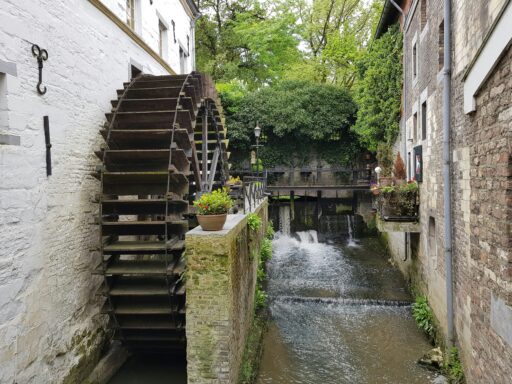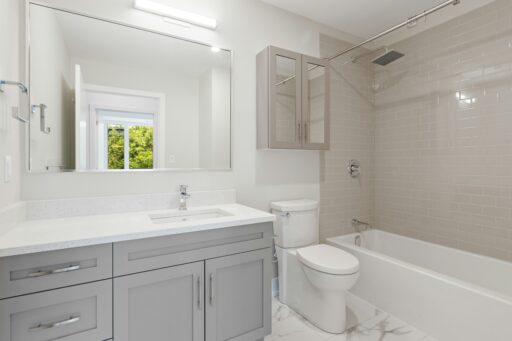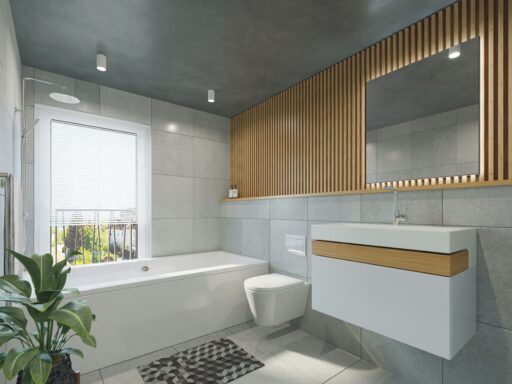SAP calculations were brought in as a way of measuring energy usage and are now required under Part L of building regulations. It pays to plan ahead and think about using energy-efficient heating, such as using a circulation pump, insulation and renewable energy sources in your project. These calculations can seem confusing, but as they are a fundamental part of planning and building, it pays to be familiar with the basics.
What is the Standard Assessment Procedure?
SAP assesses the energy rating of any building and must be carried out by accredited assessors. Your building will be rated from 1 to100, and the higher the score the lower your fuel bill and your C02 emissions.
The SAP energy cost calculation is based on the building’s construction, the heating system installed and whether you use energy-saving measures like a circulation pump, renewables and internal and external lighting fixtures. It doesn’t include domestic appliances.
Why Is SAP important?
Without an assessment, your building will not comply with building regulations and can’t be sold or let. Therefore SAP is of absolute importance to your project.
The important thing is not to think of SAP as just another bit of red tape but as an opportunity to really think about and plan for the most energy-efficient build possible. You can minimise energy use and carbon emissions either for yourself or your prospective buyers or tenants.
You’ll receive an Energy Performance Certificate (EPC) based on the SAP assessment.
How is SAP worked out
As the SAP assessor works from architects’ plans and the specifications for HVAC (heating, ventilation and air-conditioning), you’ll need to ensure these are professionally produced and clearly show elevations, cross-sections and specific plans. These are used to create a model from which the site form is created.
The heating, lighting and ventilation systems are included along with the thermal elements like roofs and walls and any renewable energy sources.
Finally, the SAP calculation is generated to include heat loss, C02 emissions, input from renewables like solar panels and seasonal variations in energy use.
How do I pass my SAP?
The SAP assessment is based on the loss of heat through the fabric of the building, construction quality, solar gain and calculated C02 emissions. By focusing on these four crucial areas, you’ll be able to plan and build with a focus on passing the SAP.
Your C02 emissions are calculated by comparing the Target Emission Rate (TER) with the predicted Dwelling Emission Rate (DER). It’s important because many councils now use the TER as part of determining an S106 agreement or ‘developer’s contribution’.
The regulations are extremely robust, and a pass or fail can come down to whether you’ve fitted the right kind of boiler or the thickness of insulation. There is no hard and fast formula for passing the SAP, as you may be forced to make energy decisions with higher C02 emissions.
Any advice?
The main pointers we would advise you to focus on are:
- Focus on insulation – insulate to the maximum then insulate some more.
- Doors and windows are prime heat-loss areas – reduce their U-rating as far as possible.
- Pay close attention to boiler controls, as these have a significant impact on your SAP.
- Heat loss through thermal bridging – junctions with exterior walls – can be a major focus of the SAP.
- Ensure your build envelope is efficiently sealed.
- Book a pre-test before you go through the real thing.
- Start early. Start talking to your SAP assessor as soon as possible to stand the very best chance of producing a new-build, barn conversion or any type of change-of-use conversion that meets – and beats – the SAP standards.
Check out our tips for getting a SAP Pass for a self-build coming soon.






